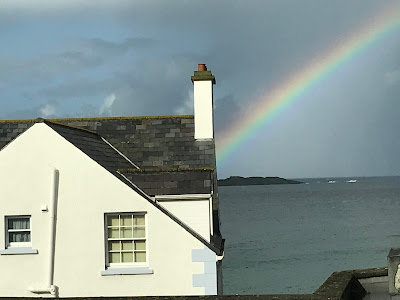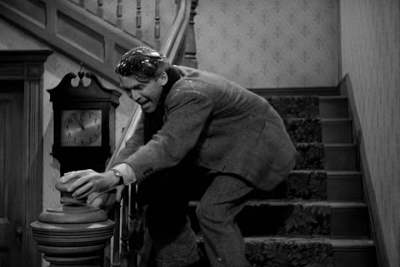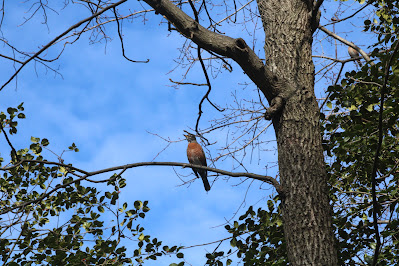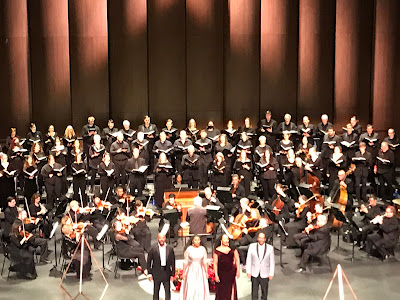For Charlie
Today I note the passing of Charlie Clark, journalist extraordinaire. I met Charlie our first month in Northern Virginia. His wife is a former colleague and dear friend of one of my best buddies. Charlie and I had writing in common, too, so when we bumped into each other, we traded tales.
Charlie was an energetic reporter, a storyteller, a lover of words and community. He brought the two together in his “Our Man in Arlington” column for the Falls Church News Press, which he wrote for years. In his last few weeks he interviewed philanthropist David Rubenstein and covered a court hearing on the “missing middle” debate in Arlington.
In addition to his day job and his column, Charlie wrote a novel, several books on local history, and a biography of George Washington’s step-grandson. When I planned to leave the world of paid employment, I asked Charlie for advice. He encouraged me to take the plunge — and was a model of productivity right up to the end.
Today I’m mourning Charlie and thinking of the verses he always included in his holiday card, funny couplets like “have more fun in 2021.” He left us wanting more in 2024.
Rest in peace, Charlie.









